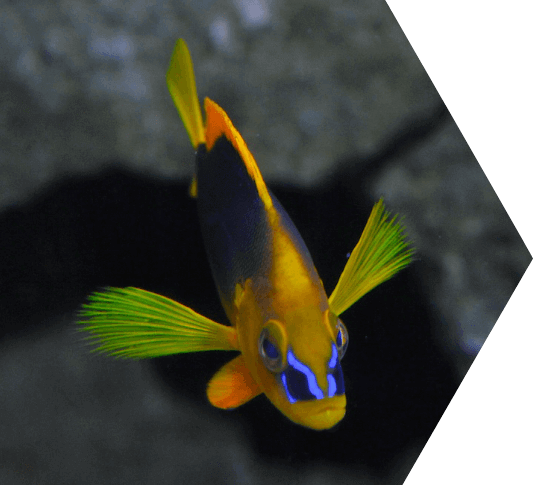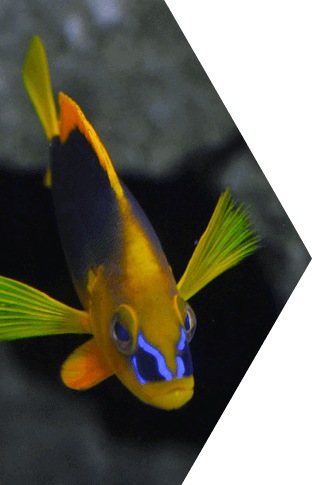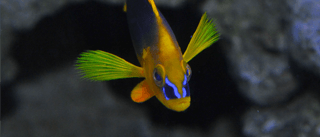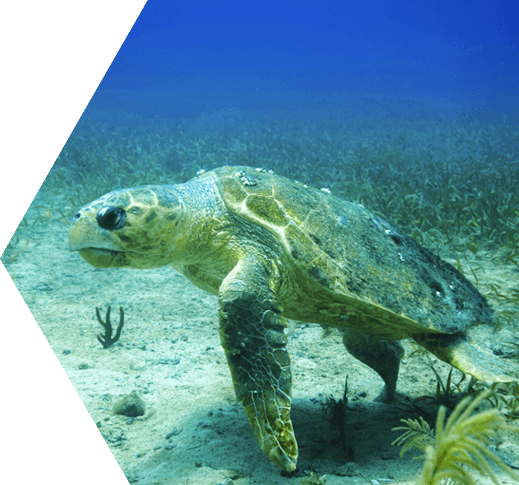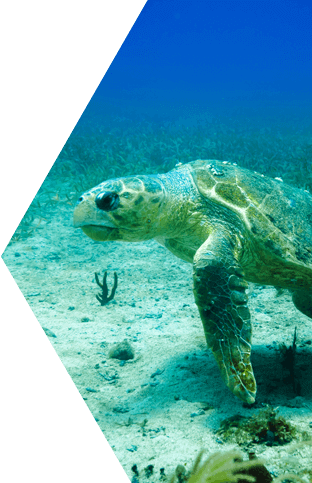Plan
Ferry Information
Day Trips
Dry Tortugas Camping
Things to do in Key West with Kids
Rates & Reservations
Explore
Florida Keys Birding
Snorkeling at Fort Jefferson
Fort Jefferson Tour
Dry Tortugas Beaches
Travel Guide
History
Dry Tortugas History
Fort Jefferson Military History
Hemingway & the Dry Tortugas
Dr. Samuel Mudd & the Civil War
John Audubon Visits Dry Tortugas

